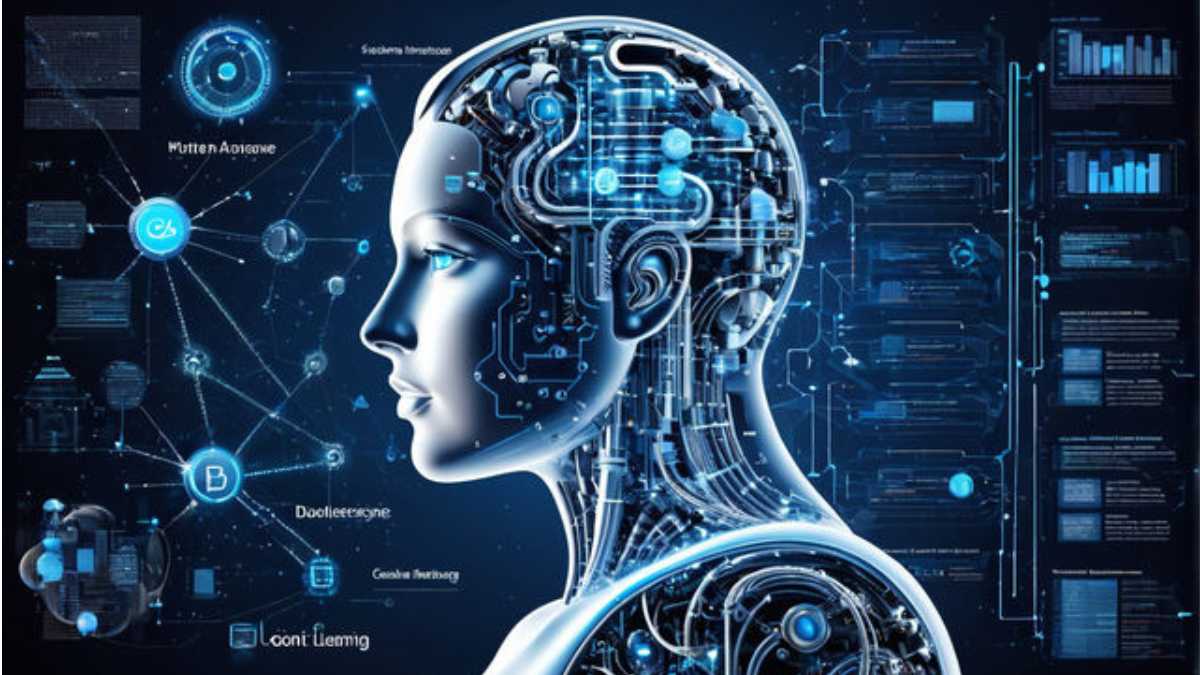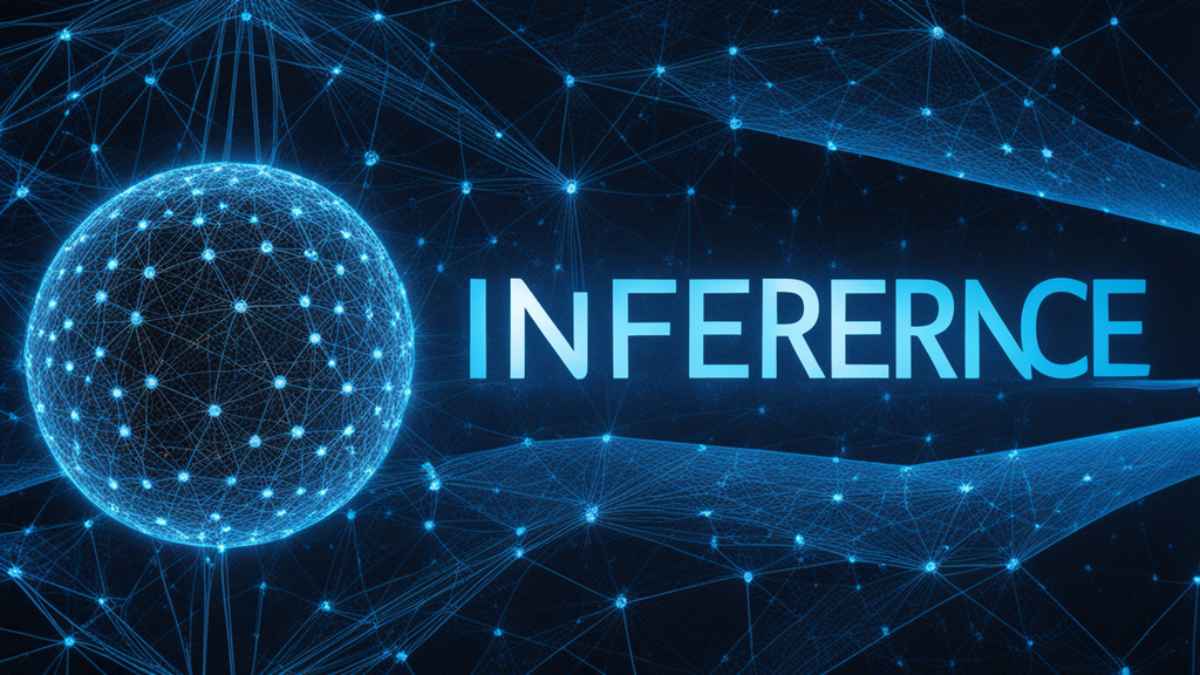Unlock the basics of machine learning: algorithms, models, and the theory behind this powerful technology.
You’ve heard about machine learning everywhere, but it’s still a confusing concept. Your curiosity is piqued but you don’t know where to start. We get it! Machine learning is transforming everything from search engines to self-driving cars, so it’s time to unlock the basics. In this beginner’s guide, we’ll explain machine learning in simple terms to satisfy your inner geek.
You’ll learn about different algorithms like neural networks that can learn from data. We’ll also cover what machine learning models are and how they are trained. By the end, you’ll understand the theory behind this powerful technology that’s changing the world. Whether you just want to satisfy your curiosity or go deeper into the field, this guide will start you on the path to machine learning mastery. Stick with us and we’ll turn you into an ML pro!
What Is Machine Learning?
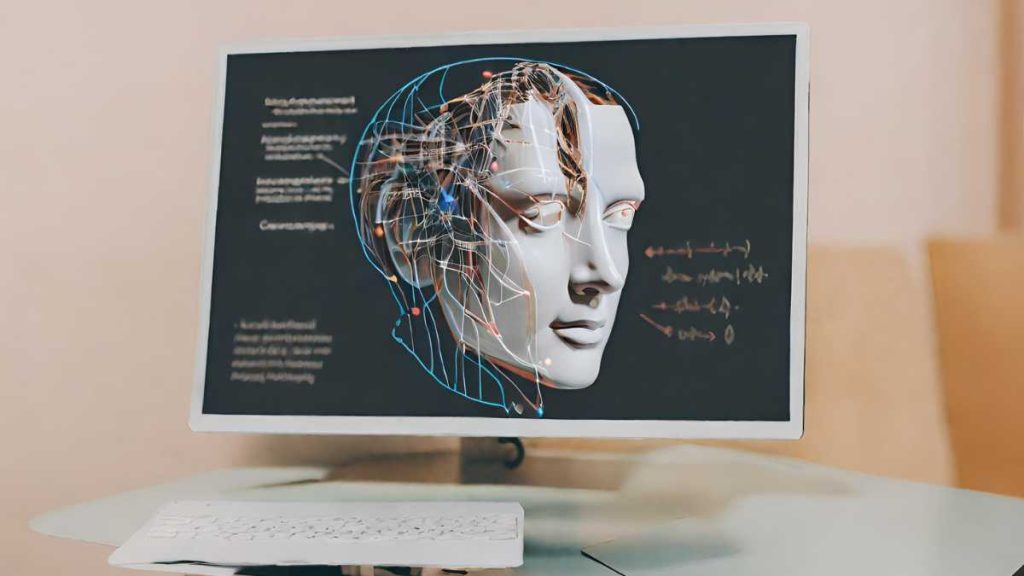
Machine learning is an application of artificial intelligence that trains computers to learn and act without being explicitly programmed. The algorithms use large amounts of data to detect patterns and learn from experience.
Instead of pre-programming machines with rule-based algorithms, machine learning algorithms build a mathematical model based on sample data. They detect patterns in large datasets to make predictions or decisions without being explicitly programmed to perform the task.
| Concept | Explanation |
|---|---|
| Definition | Machine learning (ML) is a subfield of artificial intelligence (AI) where computer systems learn from data without being explicitly programmed to perform a task. |
| Types of Machine Learning | * Supervised Learning: Algorithms learn from labeled data (input and desired output are provided). Used for tasks like classification and regression. * Unsupervised Learning: Algorithms find patterns in unlabeled data. Used for tasks like clustering and dimensionality reduction. * Reinforcement Learning: Algorithms learn through trial and error, receiving rewards or penalties. Used in applications like game playing and robotics. |
| Key Concepts | * Algorithms: Mathematical procedures that drive learning (e.g., decision trees, neural networks, support vector machines). * Models: The result of the training process – a mathematical representation that can make predictions or decisions when given new data. * Training Data: The dataset used to teach algorithms patterns. * Features: Individual measurable characteristics of the data that are used by the algorithm. * Overfitting: When a model performs well on training data but poorly on new data, it means it has memorized specifics of the training set instead of learning generalizable patterns. |
Supervised vs. Unsupervised Learning
The two main types of machine learning are supervised and unsupervised learning. ###Supervised learning algorithms use labeled examples to learn a function that maps inputs to outputs. Once trained, the algorithm can then map new inputs to outputs. Examples include classification and regression.
Key Machine Learning Algorithms Explained
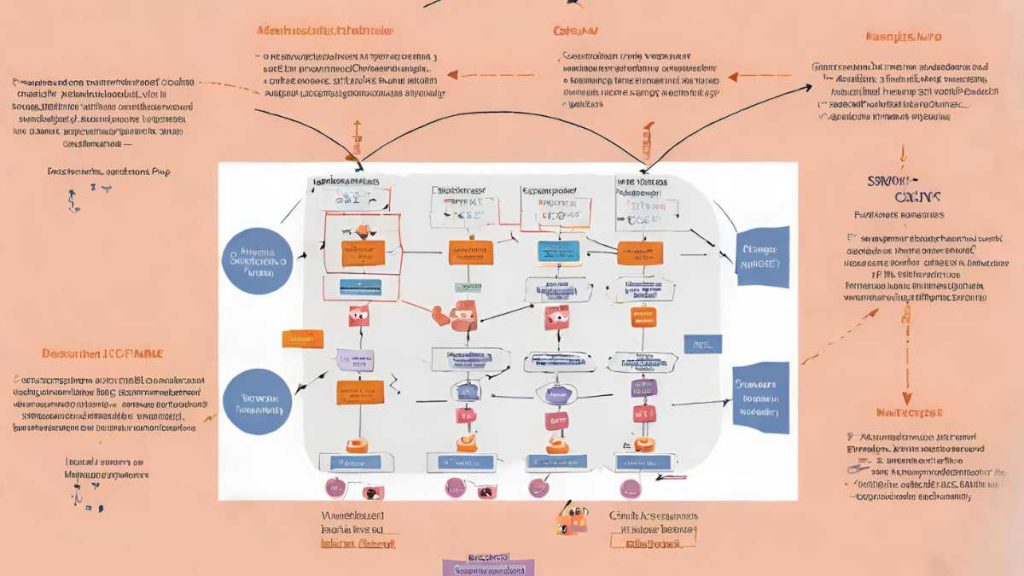
| Algorithm | Explanation |
|---|---|
| Linear Regression | A simple algorithm used for regression tasks. It models the relationship between a dependent variable and one or more independent variables by fitting a linear equation to the observed data points. The goal is to find the best-fitting line that minimizes the sum of squared errors. |
| Logistic Regression | Widely used for classification tasks, especially binary classification. It estimates the probability of an instance belonging to a particular class based on input features. |
| Decision Trees | A versatile algorithm that can handle both regression and classification tasks. It creates a tree-like structure by splitting data based on feature values, aiming to minimize impurity (e.g., Gini impurity or entropy). |
| Random Forest | An ensemble method that combines multiple decision trees to improve accuracy and reduce overfitting. It aggregates predictions from individual trees. |
| Naïve Bayes | A probabilistic algorithm based on Bayes’ theorem. It assumes that features are conditionally independent given the class label. Commonly used for text classification and spam filtering. |
| Support Vector Machines (SVM) | Effective for both classification and regression. It finds the hyperplane that best separates data points of different classes while maximizing the margin. |
| K-Nearest Neighbors (K-NN) | A simple instance-based algorithm that classifies data points based on the majority class of their k nearest neighbors. |
| Neural Networks | Inspired by the human brain, neural networks consist of interconnected layers of artificial neurons (nodes). They can handle complex patterns and are widely used in deep learning. |
| Clustering Algorithms (e.g., K-Means) | Used for unsupervised learning, clustering algorithms group similar data points together based on similarity measures. K-Means is a popular example. |
| Gradient Boosting (e.g., XGBoost) | An ensemble technique that combines weak learners (usually decision trees) sequentially. It corrects errors made by previous models. |
| Principal Component Analysis (PCA) | A dimensionality reduction technique that transforms high-dimensional data into a lower-dimensional space while preserving most of the variance. Useful for feature selection. |
Supervised Learning
Supervised learning algorithms use labeled examples to learn a function that maps inputs to outputs. Some of the most common supervised algorithms are:
- Linear regression: Used to predict continuous values. It fits a linear equation to the data to model the relationship between inputs and outputs.
- Logistic regression: Used for classification. It fits a logistic function to the data to predict the probability of an observation belonging to a particular class.
- Decision trees: Used for classification and regression. They split the data into branches based on if-then conditions to model the relationship between inputs and outputs.
- Naive Bayes: A classification algorithm based on Bayes’ theorem. It assumes independence between inputs to calculate the probability of an observation belonging to a class.
- Support Vector Machines (SVMs): Used for classification and regression. They find the optimal boundary (hyperplane) that separates classes or fits the data. SVMs can handle complex relationships between inputs and outputs.
Unsupervised Learning
Unsupervised learning algorithms find hidden patterns in unlabeled data. Some common unsupervised algorithms are:
- Clustering algorithms like K-means: Group similar data points together into clusters. They identify natural groupings in the data.
- Dimensionality reduction like PCA: Reduce the number of variables in a dataset by combining correlated variables. They make the data more visualizable and easier to analyze.
- Association rule learning: Find rules that describe large portions of your data. For example, market basket analysis uses association rule learning to uncover product relationships.
The key is to understand what type of machine learning algorithm suits your needs. Whether it’s predicting sales, detecting spam, or gaining business insights, machine learning has an algorithm that can help achieve your goals. The possibilities are endless!
Supervised vs. Unsupervised Learning
When it comes to machine learning, there are two major types of learning: supervised and unsupervised. Supervised learning uses labeled examples to learn a function that maps inputs to outputs. Unsupervised learning finds hidden patterns or intrinsic structures in the data.
Supervised Learning
With supervised learning, the AI system learns from labeled examples provided by humans. The machine is shown inputs along with the expected outputs, and it learns by fitting a model to map the inputs to the outputs. Some examples of supervised learning are:
- Classification: Predicting which category something belongs to. For example, detecting if an email is spam or not spam.
- Regression: Predicting a continuous numeric value. For example, predicting the price of a house based on its characteristics.
Supervised learning needs a large amount of labeled data to learn accurately. The more high-quality data you can provide, the better the machine can map inputs to outputs.
Unsupervised Learning
Unsupervised learning aims to find hidden patterns in unlabeled data. The machine learns without any guidance since the data inputs have no corresponding output variables. Some examples of unsupervised learning are:
- Clustering: Finding natural groupings in the data. For example, segmenting customers into clusters based on purchasing behavior.
- Dimensionality reduction: Reducing the number of variables in a dataset while retaining most of the information. For example, compressing images by reducing the number of pixels.
- Association rule learning: Finding rules that describe large portions of your data. For example, determining that customers who buy milk and bread also tend to buy eggs.
Unsupervised learning can find surprising insights and patterns that humans may miss. It’s a powerful way for machines to explore data on their own and discover new knowledge without guidance.
Understanding Machine Learning Models
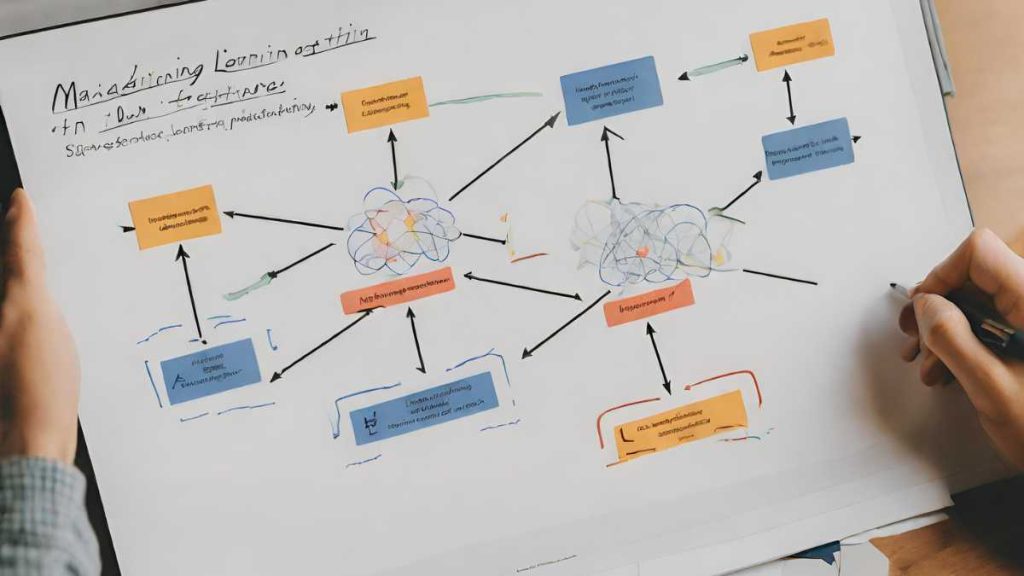
Machine learning models are the algorithms that detect patterns in data and make predictions. They are developed by feeding huge amounts of data into an algorithm, which then learns from the data to find patterns and make predictions on new data.
Supervised Learning
Supervised learning uses labeled examples to learn a function that maps inputs to outputs. It uses data where the inputs and outputs are known to find a mapping function. The two most common types are:
- Classification: Uses labeled data to classify inputs into categories. For example, classifying images as cats or dogs.
- Regression: Uses labeled data to predict a continuous output. For example, predicting house prices based on features like number of rooms and location.
Unsupervised Learning
Unsupervised learning uses unlabeled data to find hidden patterns or clusters in the data. The two most common types are:
- Clustering: Groups similar data points together into clusters. For example, clustering customers into groups based on purchasing behavior.
- Association: Finds rules that associate one event with another. For example, finding products that are frequently purchased together.
Reinforcement Learning
Reinforcement learning uses feedback from the environment to learn how to achieve a goal. An agent takes actions in an environment and receives rewards or penalties based on those actions. The agent learns to maximize its total reward through trial-and-error interactions with the environment. This type of learning is useful for developing AI systems that can adapt to dynamic environments, such as game playing or robotics.
In summary, machine learning models can enable systems to learn on their own by detecting patterns in data rather than being explicitly programmed. They are powering advances in fields like computer vision, natural language processing, and robotics that are changing the world.
Machine Learning Concepts and Theory Made Simple
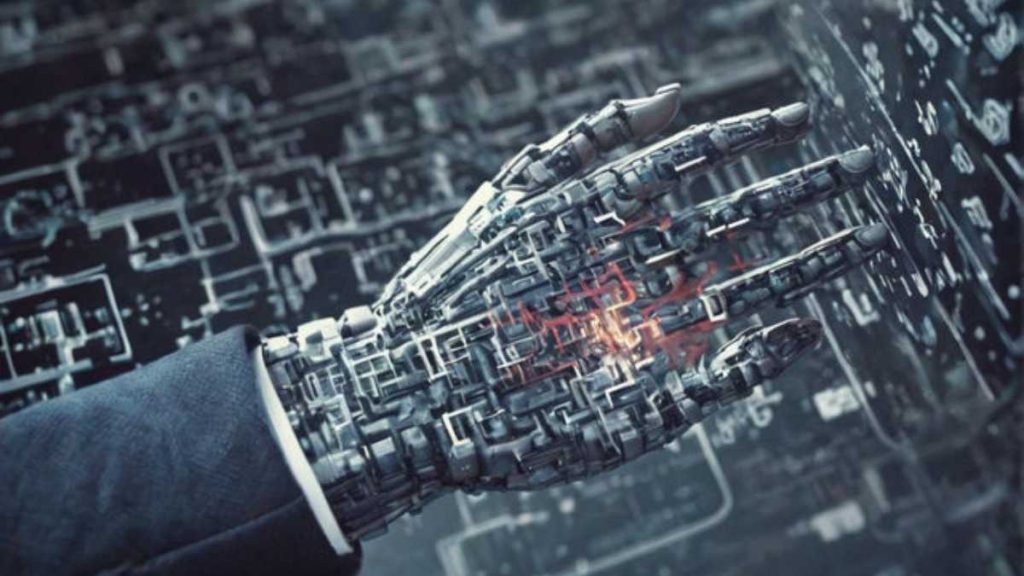
| Concept | Simplified Explanation | Example |
|---|---|---|
| Algorithms | Like recipes for the computer. Different algorithms are good for different tasks. | A decision tree is an algorithm that creates a series of branching questions to classify data (e.g., Is a new email spam or not?). |
| Data | The fuel for machine learning. Think of it as the ingredients for the recipe. | A dataset of past housing sales (with features like price, location, and size) is used to predict the value of a new house. |
| Features | The special characteristics of the data that the algorithm looks for. | In the housing example, features would be things like the number of bedrooms, square footage, and distance to the city center. |
| Training | The process of showing the algorithm examples from your data and letting it learn patterns. | Like a chef practicing a recipe over and over, the algorithm gets better with more training data. |
| Model | The result of training. It’s like a mathematical formula that can make predictions or decisions. | After training, the model can take in information about a new house and predict its selling price. |
| Overfitting | Imagine a chef memorizing one recipe perfectly, but being unable to cook other dishes. Overfitting is when the model gets too tuned to the training data and can’t handle new situations. | An overfit model might predict housing prices perfectly for the training set, but poorly for houses it hasn’t seen before. |
Algorithms
Machine learning algorithms are the engines behind ML models. They determine how the models learn from data to make predictions or decisions without being explicitly programmed. The three main types are supervised learning, unsupervised learning, and reinforcement learning algorithms.
Supervised learning algorithms learn from labeled examples in the data to map from inputs to outputs. They are used for tasks like classification and regression. Unsupervised learning algorithms find hidden patterns in unlabeled data. They are used for tasks like clustering, dimensionality reduction, and association rule learning. Reinforcement learning algorithms learn from interactions in a dynamic environment to determine the ideal behavior within a context. They are used in areas like game playing and robotics.
Models
Machine learning models represent the learned relationship between inputs and outputs in the data. They are the end result of applying an ML algorithm to your data. Models can take many forms, including decision trees, neural networks, linear models, naive Bayes, SVM, k-NN, and clustering models. The type of model depends on your task and algorithm. Models are used to make predictions on new data by detecting patterns they have learned.
Theory
The theoretical foundations of machine learning draw from many fields, including statistics, linear algebra, optimization, and information theory. Key concepts include bias-variance tradeoff, overfitting and underfitting, dimensionality reduction, feature extraction, cross-validation, and regularization. Understanding the theory behind ML algorithms and models helps in applying them successfully and avoiding common pitfalls. With experience, the theory becomes more intuitive.
In summary, machine learning algorithms, models, and theory work together to find patterns in data and make predictions without being explicitly programmed. Grasping these fundamental ML concepts gives you a solid foundation to build on.
Conclusion
So there you have it – an overview of the key concepts behind machine learning, how it works, and some of the most common algorithms used today. Remember that mastering machine learning takes time and practice. Start by understanding the fundamentals, get hands-on experience with sample projects, and don’t be afraid to experiment. The future capabilities of this technology are incredibly exciting. With a curious and persistent mindset, you now have the foundation needed to start leveraging machine learning and contribute to shaping the future of AI. Keep learning, stay curious, and most importantly, have fun with it!
